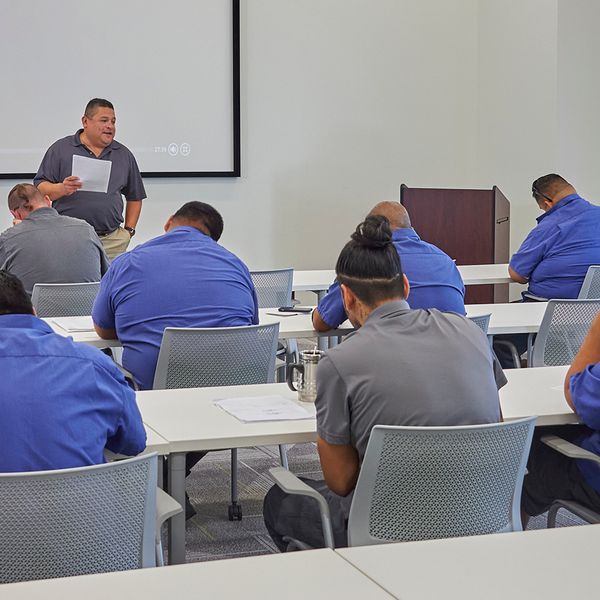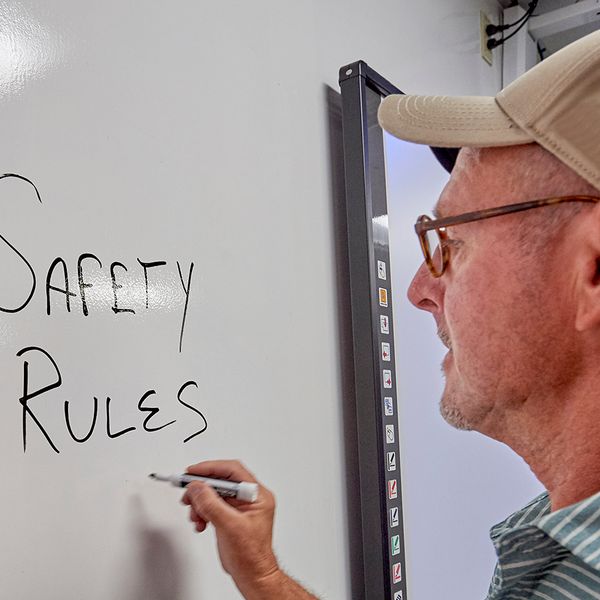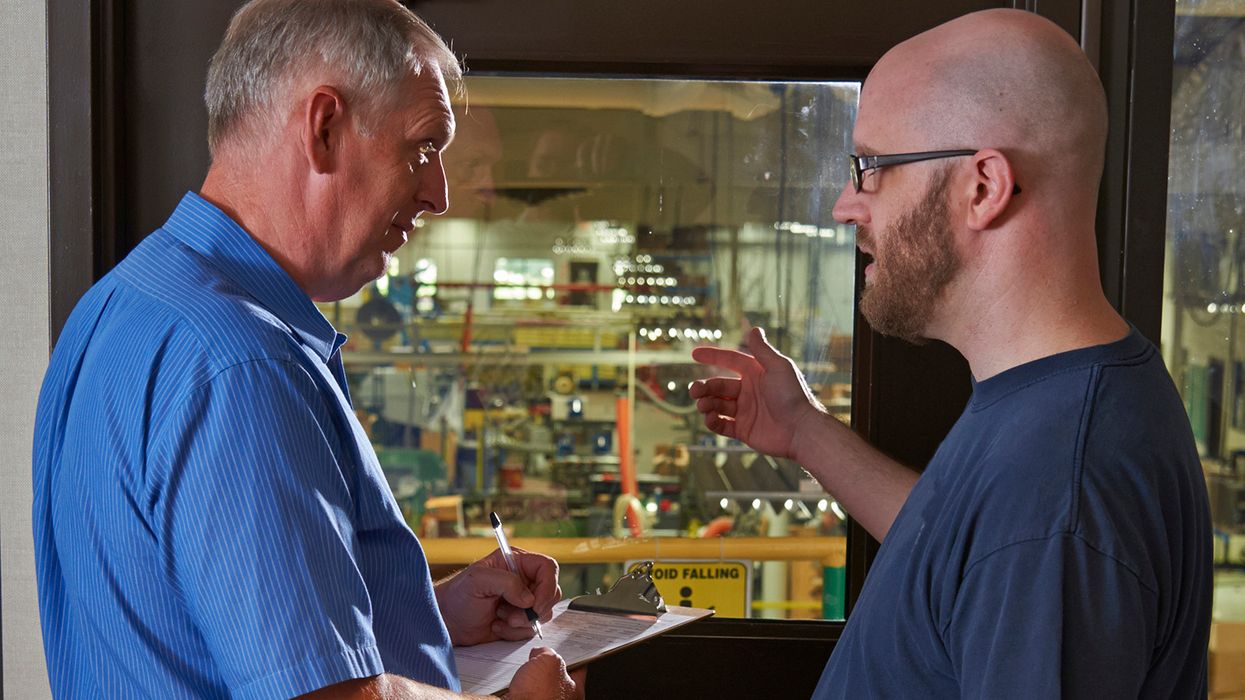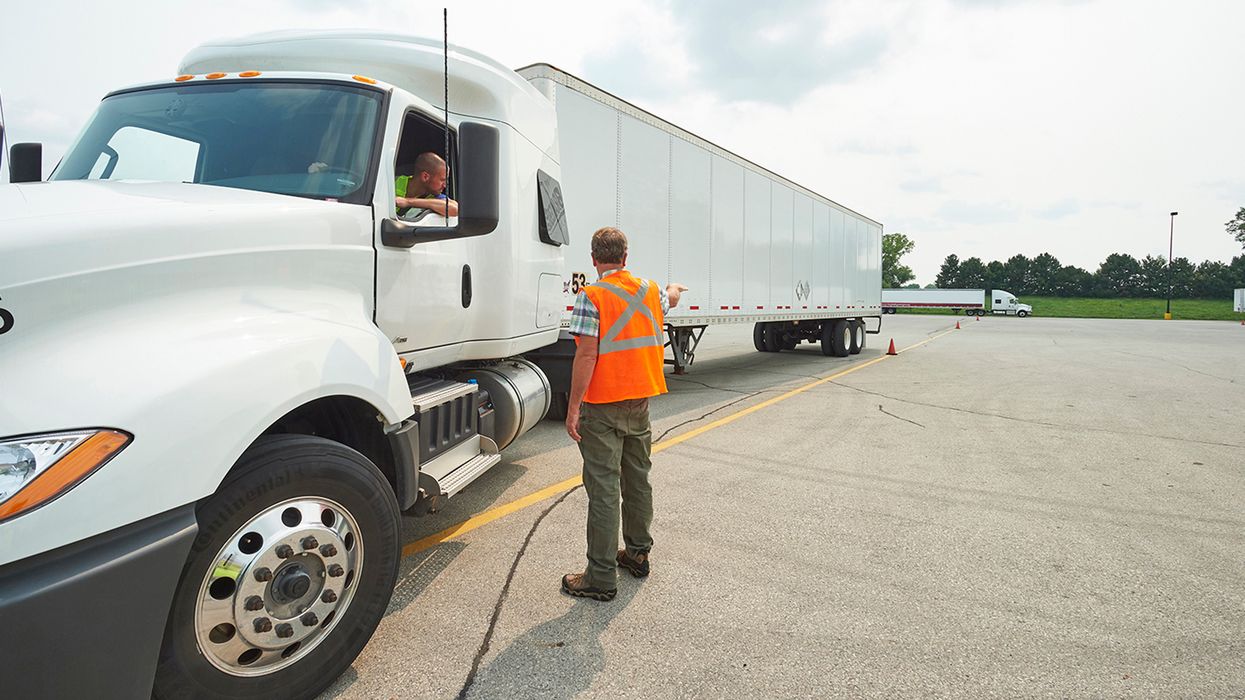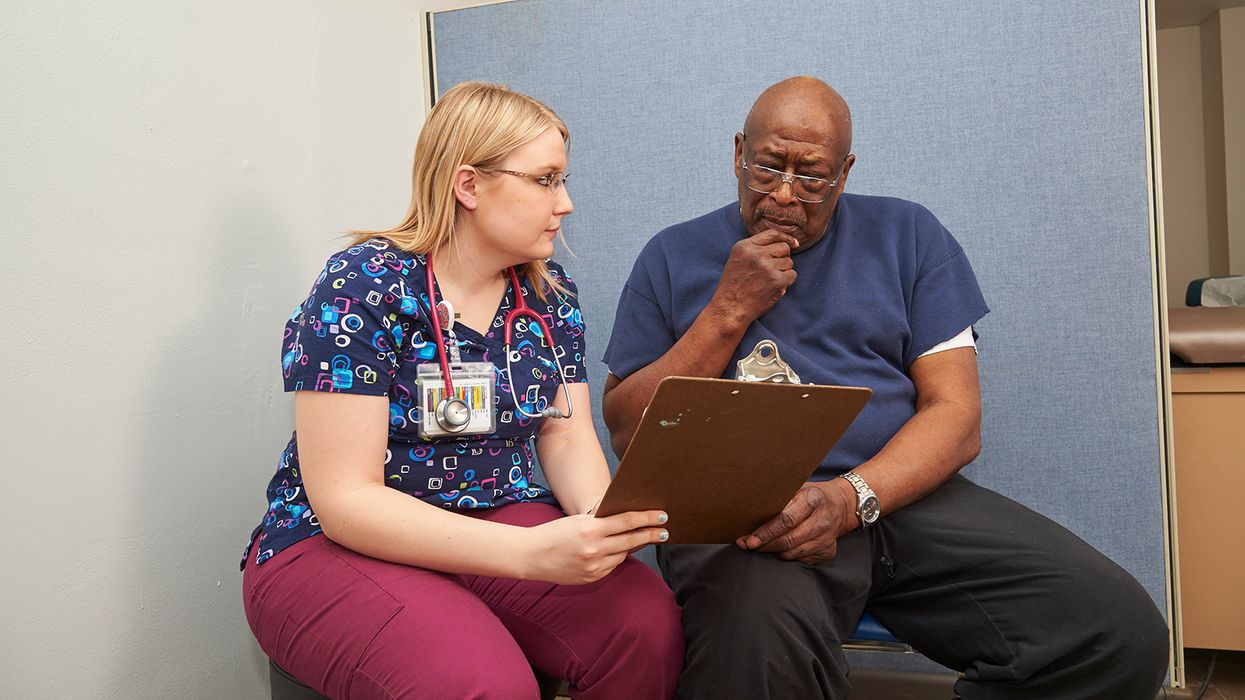Healthcare industry: Make your BIG safety challenges disappear!
A recent survey shows that, when it comes to safety and regulatory compliance, the healthcare industry has a LOT of challenges. Yet, the greatest ones circle around six areas. Obviously, a magic wand won’t make them go away. However, implementing a “safety and health management program” could alleviate many of these difficulties without any “smoke and mirrors.”
Survey data
An August 2024 survey report from the J. J. Keller Center for Market Insights tapped 220 professionals from healthcare. This included respondents from clinics/offices; hospitals; ambulatory, nursing, and home care services; outpatient facilities; behavioral health services; medical/dental labs; and other healthcare services.
Respondents were asked, “From your perspective, what is your greatest challenge related to safety and regulatory compliance in the healthcare services industry?” This was an open-ended question. Yet, the answers focused on six topics:
- Frequent regulatory changes — Staying updated with and adhering to evolving regulations and requirements.
- Patient and worker safety — Ensuring the protection of both patients and healthcare workers from infection, falls, and other hazards.
- Safety awareness and training — Maintaining ongoing safety awareness, effective training, and safety as a priority.
- Management leadership — Gaining leadership buy-in and assuring consistent support.
- Worker compliance — Getting workers to understand, follow, and engage with safety protocols and regulations.
- Staffing and resource limitations — Finding ways to manage safety and compliance despite staffing shortages and resource limitations.
Pulling the rabbit out of a hat
Meeting the above challenges all at once is a tall order. There’s no magic way to solve them. However, if you’re a safety and health professional, you can see just by looking at the above list that you have a trick up your sleeve. That’s a safety and health management program, or safety and health program, for short!
This program is a proven, flexible framework for finding and fixing hazards before they cause injuries/illnesses. An effective safety and health program has six elements:
- Management commitment and leadership — Managers demonstrate their commitment to improved safety and health, communicate this commitment, and document safety and health performance. They make safety and health a top priority, establish goals and objectives, provide adequate resources, and set a good example.
- Worker involvement — Workers, with their front-line knowledge, ideally participate in all program aspects. They’re encouraged to communicate openly with management and report safety and health concerns.
- Hazard identification and assessment — Processes and procedures are in place to continually identify work hazards and evaluate risks. This element includes an initial assessment of hazards and controls and regular reassessments.
- Hazard prevention and control — Processes, procedures, and programs are implemented to eliminate or control workplace hazards. They’re also designed to achieve safety and health goals and objectives. Progress in implementing controls is tracked.
- Information and training — All workers have information and training on hazard recognition and control and their program responsibilities.
- Program evaluation and improvement — Processes are established to monitor the program’s performance, verify its implementation, identify deficiencies and opportunities for improvement, and take actions to advance the overall program.
These elements are often the same ones that make a good quality or customer service program. Basically, any business function needs these elements to be effective. That means you can integrate safety into the functions of the business.
Safety should be baked into the operation as a core value. The way to safety effectiveness is not that different than how you go about establishing a successful business.
Getting started
OSHA offers the publication, “Safety and Health Management Systems: A Road Map for Hospitals,” which explores the six elements and offers real-world examples from the industry. In addition, OSHA provides more on its “Worker Safety in Hospitals: Caring for Our Caregivers” webpage.
Given the importance of safety and compliance and the challenges they pose to healthcare, it’s wise to have a third party help you put together your safety and health program. That way, it’s tailored to your patient AND worker safety and health needs.
In recent months OSHA officials have explained that employers (who do it themselves) don’t just implement a safety and health program overnight. They do it in stages. Ten ways to get your program started include:
- Set safety and health as a core value,
- Lead by example,
- Implement a reporting system,
- Provide training,
- Conduct inspections,
- Collect hazard control ideas,
- Implement hazard controls,
- Start a housekeeping program,
- Address emergencies, and
- Seek input on workplace changes.
Your facility may have a jump on patient safety and health. Now, you can adapt it to address all safety issues. Safety is safety!
Key to remember
For healthcare organizations, six challenge areas popped up in a survey asking about safety and regulatory compliance. A safety and health program may help to unravel them, making them feel like they’ve vanished into thin air.





